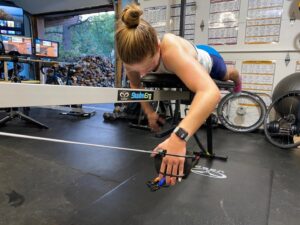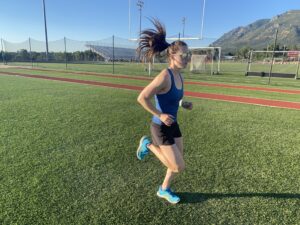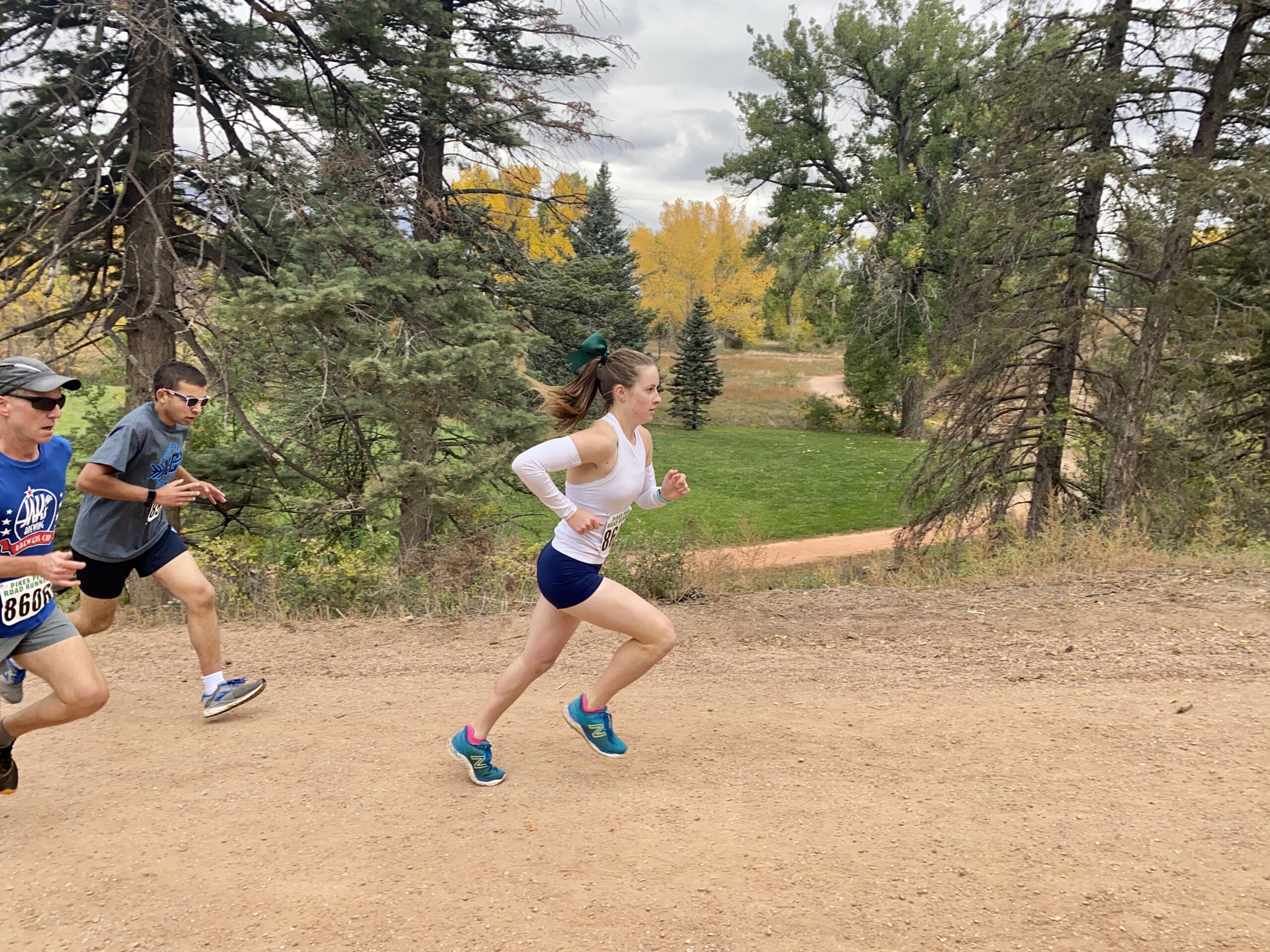Navigating the Complexity of Weight and Performance in Female Triathletes
The correlation between “weight” and “performance” often triggers negative associations, conjuring images of fat, heaviness, and sluggishness. In the realm of triathlon, a prevailing belief leans towards the idea that lighter translates to faster. But is weight truly the villain it’s portrayed to be, or are we oversimplifying a nuanced issue?
Exploring the physiological and psychological facets accompanying weight, a pertinent question arises: Is there a more effective approach to body composition for enhancing performance, rather than the prevalent “less is more” mindset? Coaches, in their pursuit of short-term gains, sometimes overlook the potential long-term consequences on athletes’ health and well-being.
As coaches, our foremost responsibility is to cultivate a safe training environment where athletes can reach their full potential, emphasizing long-term development over quick fixes like weight loss. The crucial question for coaches is whether the goal is “short-term success this season” or a more enduring “successful career.”
Weight-related discussions are omnipresent, influenced by media portrayals and societal perceptions. Mishandling the subject, especially by figures of authority, can trigger negative psychological repercussions, often leading to eating disorders like bulimia and anorexia, prevalent in the world of triathlon.
For coaches, it’s imperative to view weight through a performance lens rather than conforming to societal norms. Rather than judging athletes based on weight, the focus should shift to the end product—speed, power, and race day results.

Examining weight from a power-to-weight ratio perspective is crucial. This ratio influences swim buoyancy, cycling power, and running efficiency. While reducing weight can improve this ratio, enhancing the power side is equally effective. However, coaches must tread cautiously when advocating weight loss, given its potential negative impact.
The psychological aspect of weight loss demands a sensitive approach. Framing the discussion around performance rather than personal image fosters a healthier mindset. Coaches should engage athletes in determining their ideal race weight, fostering ownership and steering the conversation away from societal pressures.
Female athletes, in particular, face unique challenges tied to weight. The Female Athlete Triad, encompassing disordered eating, amenorrhea, and bone calcium loss, is a concern. Coaches need to differentiate between amenorrhea caused by disordered eating and the scenario of “Low Energy Availability” (LEA), where athletes struggle to meet energy demands due to training intensity.

Understanding the seasonal dynamics is vital. During the off-season, a slightly heavier weight can contribute to overall health and immunity. As the triathlon season unfolds, careful attention to prevent amenorrhea and iron anemia is essential. Approaches involving increased calcium and iron intake, coupled with mindful training load planning, can mitigate risks.
Though preventing amenorrhea throughout the racing year might be ambitious, strategic periodization can ensure athletes have successful seasons without compromising long-term well-being in the pursuit of immediate performance gains.
References:
- American Psychiatric Association. Diagnostic and Statistical Manual of Mental Disorders. 4th ed. Washington, DC: American Psychiatric Association, 1994.
- Burke, L.M. (2001). Energy needs of athletes. Can J Appl Physiol, 26(Suppl), S202-219.
- Burke, L.M., Cox, G.R., Culmmings, N.K., & Desbrow, B. (2001). Guidelines for daily carbohydrate intake: do athletes achieve them? Sports Med, 31(4), 267-299.
- Economos, C.D., Bortz, S.S., & Nelson, M.E. (1993). Nutritional practices of elite athletes. Practical recommendations. Sports Med, 16(6), 381-399.
- Friedmann, B., Jost, J., Rating, T., Weller, E., Werle, E., Eckardt, K.U., Bartsch, P., & Mairbaurl, H. (1999). Effects of iron supplementation on total body hemoglobin during endurance training at moderate altitude. Int J Sports Med, 20(2), 78-85.
- http://www.usfsa.org/content/FemaleAthleteTriad.pdf

